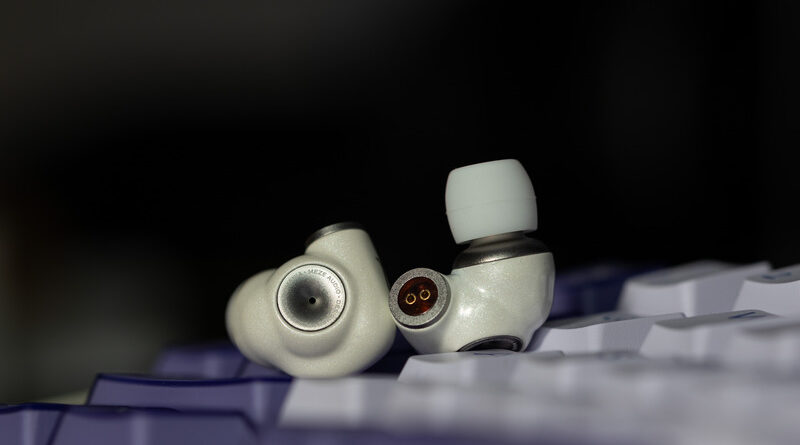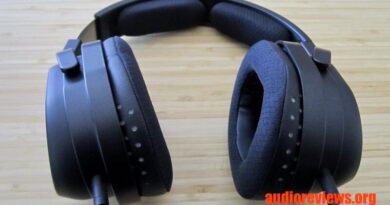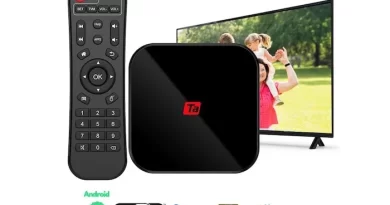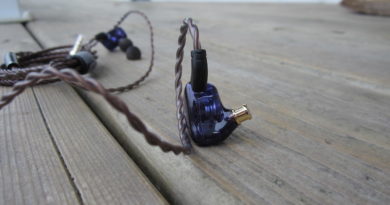Meze Audio Alba Review – A Safe Recommendation
Pros — Very good build quality, striking design
– Good accessories including a type-C adapter
– Very comfortable for long sessions
– Inoffensive, safe tuning that avoids becoming boring
Cons — Treble peak on the Alba can be noticeable at times
– Shell paint may be prone to chipping off
In this Article
INTRODUCTION
Meze Audio has had tremendous success with its line-up of headphones, with the likes of 99 Classics being one of the most recognizable headphones in the market, along with the uber-high-end Empyrean and Elite.
Ironically, the Meze IEMs have somewhat flew under the radar for a long time. I loved the 12Classics V2 which was one of the best-sellers in Meze’s lineup, but the more premium offerings were not really known for their “value-for-money” factor.
Enter the Meze Alba – the latest addition to Meze’s IEM lineup. With the MSRP set at USD$160, the Alba is primed to be the gateway into the higher end Meze IEMs, or even headphones. However, this price point has been rendered over-saturated in the recent years, and the Alba have to contend with multi-driver hybrids with exotic driver arrays even at this mid-tier bracket.
So, can the Alba stand out amidst a sea of collabs and flavor-of-the-months, or will they fade away into the background, like many others before them? Read on.
Note: the ratings given will be subjective to the price tier. Meze Audio was kind enough to send me the Alba for evaluation.
Sources used: Questyle CMA Twelve Master
Price, while reviewed: $160 Can be bought from Meze Audio.
PHYSICAL THINGS AND USABILITY
PACKAGING AND ACCESSORIES
The packaging is fairly “vanilla”, other than the artwork on top which carries over the Advar lineage.
As for the accessories, only 3 pairs of silicone tips are included. I would have preferred to see a more varied tip collection out of the box. The stock cable is pretty good in terms of ergonomics and should be sufficient. You also get a type-C to 3.5mm adapter which is a nice surprise, and drives the IEMs moderately well.
Finally, the carry case is on the smaller side, but matches the overall aesthetics of the IEMs. All in all, other than the sparse tip collection, I have no qualms with the stock accessories.
BUILD QUALITY
Meze Alba’s Zinc Alloy shell feel exceptionally robust in the hands. The pearlescent finish shimmers as it catches light at different angles.
The design is a dead-ringer to the Meze Advar’s shell design, with a similar back-vent mechanism. The termination is now 2-pin, however, which is more common nowadays in the budget space.
There is another front-vent in the nozzle, which further aids in pressure relief. The overall build quality and finish is class-leading, as expected from Meze.
There is one catch, however, as the white color may fade or peel off over time. Some have already noticed the round edges showing signs of wear, which is a bummer.
COMFORT, ISOLATION, AND FIT
Due to the ergonomic shell and lightweight design, the Alba have excellent comfort and fit. The vent being on the back somewhat reduces the isolation level, but overall, these are great options if all-day comfort is a priority.
SOURCE AND EARTIPS
At 109 dB/V sensitivity and 32 ohm impedance, the Alba are extremely easy to drive. In fact, the supplied dongle can power them without breaking a sweat. So if it’s just casual listening you are after, you may not even need a separate source.
For the majority of the review, I used the Sony NW-A55 as a source, as I found the pairing with the Alba to be perfect for using during commutes. As for the tips, I settled on the stock white tips.
DRIVER SETUP
Meze Alba utilize a single, 10.8mm dynamic driver. That’s about all the specs we get regarding the driver, with no mention of diaphragm/voice-coil material or the magnet system used.
MEZE ALBA TONALITY AND TECHNICALITIES
The general tuning of the Alba can be described as warm-neutral. The overall tone and timbre are rather natural, with no hints of harshness or fatigue.
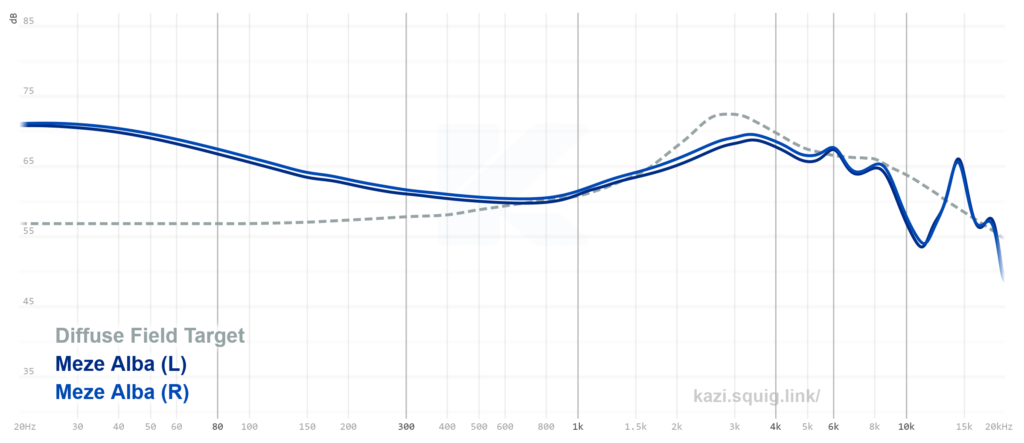
There is a very pleasant warmth that the Alba impart on nearly every track, without veering into “overbearing” territory. The upper-mids are not boosted, and the slightly late peak near 3.5kHz coupled with a full lower-midrange results in high-pitched female vocals sounding lush and inviting.
Male vocals have a natural rendition, with baritone vocals not sounding thinned out or lacking in gusto. Acoustic guitars, keyboards, and pianos have spot-on timbre, something I cannot say for the majority of multi-driver hybrid IEMs in this price range.
There is a small peak near the presence region that adds some forwardness to the high notes. The upper-treble extension is nothing to write home about, as is expected from a single-DD setup in this price bracket. Nonetheless, cymbals and hi-hats have enough sparkle and shimmer to not sound blunt. The upper-treble fall off is not too drastic either, resulting in cymbal decays being noticeable, even if lacking in finer details.
As for the spatial qualities, staging has above-average width and depth, while imaging is decent. Instrument positioning near the cardinal directions can be a bit fuzzy, as everything sounds somewhat “flattened” on the stage. Macrodynamic punch is quite good, but microdynamics are not that evident.
Overall, if it’s balance and naturalness you are after, the Alba will deliver those in spades. What they won’t do well are the extremities of the frequency range, as both sub-bass rumble and upper-treble air are somewhat muted. Overall resolution and instrument separation also fall behind the multi-driver class leaders.
SELECT COMPARISONS
The Sennheiser IE 200 are priced similarly to the Alba and have a similar driver setup. Sennheiser’s offering utilize a more specialized driver setup, however, as the IE 200 driver platform shares some DNA with Sennheiser’s flagship.
There are more obvious differences between these IEMs, e.g. the stock accessories (which are downright awful on the IE 200), the build (plastic on IE 200 vs Zinc alloy on the Alba), and even the cable connectors (recessed mmcx on the IE 200 vs 2-pin on the Alba). That being said, both these IEMs have a diminutive shape and build, are extremely comfortable to wear for long sessions, and the tuning philosophies are quite close in the mids and the bass.
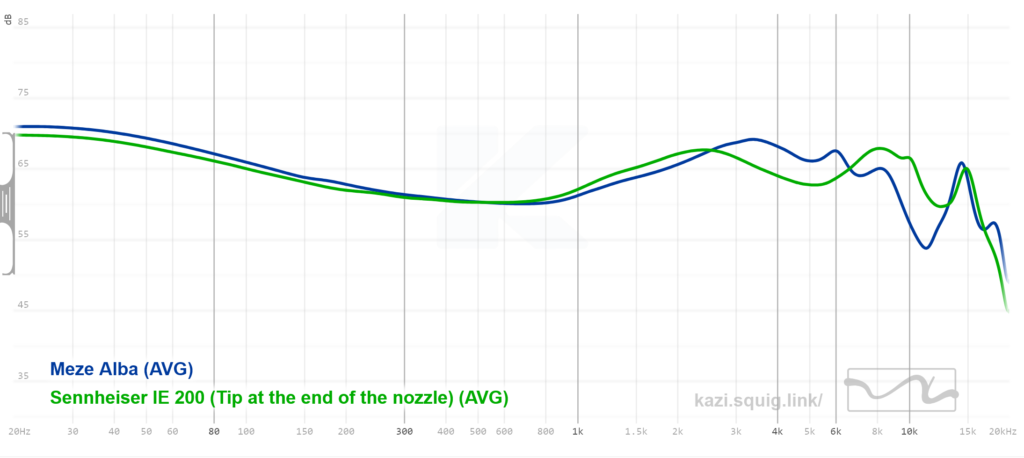
When normalized to 500Hz, the IE 200 and Alba share a lot of tonal characters in the bass and mids. Both have lush, rich midrange with a present but not overly-boosted sub-bass shelf.
It’s the treble region where the similarities end. The IE 200 treble extension is an anomaly among budget or mid-fi single dynamic drivers, with exceptional extension and presence beyond 8kHz. For some, this can be too much to handle, but I found the overall treble timbre to be palatable and enjoyable after an initial acclimatization period. Tip-rolling also helps in toning down the sibilance peak, so there is that.
Alba sound more reserved and “polite” in the upper ranges, lacking in the extra sense of air that the IE 200 can provide. Staging is wider on the Alba though, while imaging and overall sense of dynamics are about similar on both IEMs.
In short, if you want more treble extension, get the IE 200. If you are easily fatigued by treble peaks in the air frequencies, the Alba should be a better fit.
CONCLUDING REMARKS
Meze Alba are tuned exceptionally well, flaunting a price tag that’s within the reach of a vast majority of those in the hobby. In fact, I’d consider them to be the best value-for-money offering in Meze’s current lineup, showcasing a lot of character that Meze products in general exude without the premium pricing.
My previous favorite budget Meze IEMs were the Meze 12 Classics V2, but they had their shortcomings with the fixed cable and somewhat iffy fit. Alba are the spiritual successors in many ways, having superior build, accessories, and overall tuning.
While the Alba are an easy recommendation from my perspective, do note that they won’t offer the best resolution, or the most spacious rendition of your favorite music. The color chipping off is another concern, though my unit is still chugging alone fine after 3 months of use.
Once I look past these shortcomings, the Alba still stand out as one of the few reference single-dynamic driver IEMs under USD$200. They are a safe choice, but not so safe that they fail to stand out. A tough balancing act that Meze managed to navigate with aplomb.
MY VERDICT
4.25/5
DISCLAIMER
Our generic standard disclaimer.



